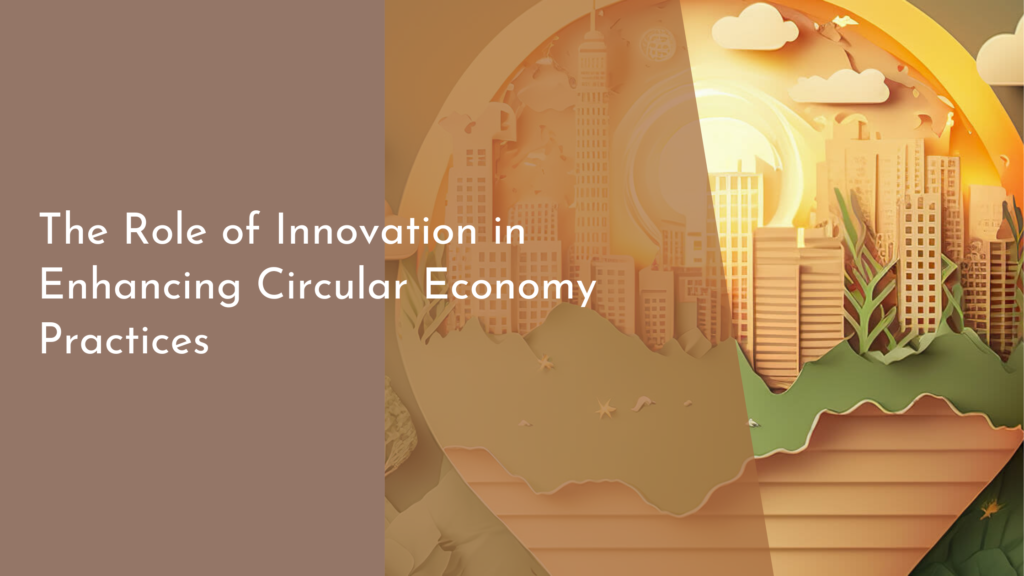The Minimalist’s Guide to Sustainable Fashion
In a world where fashion trends change with the seasons, embracing a minimalist and sustainable approach to clothing can be both liberating and environmentally friendly. By focusing on quality over quantity, minimalism in fashion encourages us to make thoughtful decisions, ensuring our wardrobes are filled with pieces that not only look good but also do good. In this guide, we’ll explore the intersection of minimalism and sustainability in fashion, offering insights and practical tips on how to create a wardrobe that’s both stylish and kind to the planet.
Understanding Minimalism in Fashion
Minimalism in fashion is about curating a collection of timeless pieces that reflect personal style while emphasizing simplicity and functionality. It’s not just about owning fewer clothes but choosing those that offer versatility and quality. This approach challenges the fast fashion mentality, which often promotes excess and disposability. By prioritizing minimalist principles, you focus on essentials that enhance your daily wardrobe, reducing clutter and decision fatigue.
Furthermore, adopting minimalism in fashion means investing in pieces that stand the test of time. Think classic silhouettes, neutral colors, and durable materials. These choices not only streamline your wardrobe but also ensure that each item is worn frequently and cherished, rather than collecting dust in the back of your closet. This thoughtful curation leads to a more organized lifestyle and a greater appreciation for the items you do own.
Key Principles of Sustainable Fashion
Sustainable fashion revolves around reducing the environmental impact of clothing production and consumption. It involves mindful choices regarding materials, production processes, and the treatment of workers in the fashion industry. Opting for natural materials such as organic cotton, hemp, or Tencel, which are biodegradable and produced with fewer chemicals, is a key principle of this movement. Additionally, sustainable fashion encourages recycling and upcycling, extending the life of existing garments and reducing waste.
Another vital component of sustainable fashion is supporting ethical brands that prioritize fair labor practices and environmentally friendly operations. By being conscious of where and how your clothes are made, you contribute to a system that values human rights and ecological balance. This transparency helps consumers make informed choices, transforming the fashion industry into a force for good.
Building a Minimalist, Eco-Friendly Wardrobe
To build a minimalist, eco-friendly wardrobe, start with a wardrobe audit. Evaluate what you already own, identifying key pieces that serve multiple purposes. This process will help you understand your personal style and identify gaps that need filling. Once you’ve completed the audit, make a list of essential items you’ll need, focusing on classic, high-quality pieces that offer versatility.
When purchasing new items, prioritize brands that align with sustainable practices. Look for certifications like Fair Trade, GOTS (Global Organic Textile Standard), or B Corp, which ensure ethical production processes. Consider second-hand shopping as an alternative, which not only reduces demand for new resources but also often leads to unique finds. By choosing quality over quantity and supporting eco-conscious brands, you’ll create a wardrobe that reflects both your personal style and commitment to sustainability.
Embracing a minimalist, sustainable approach to fashion is a rewarding journey that benefits both the individual and the planet. By consciously selecting garments that align with your values and needs, you contribute to a more sustainable future and a clutter-free lifestyle. This shift not only reduces environmental impact but also fosters a deeper connection to the clothes you wear, ultimately enhancing your overall well-being. So step into this new era of fashion—one where less truly is more, and every choice is a vote for a fashionably green lifestyle.


